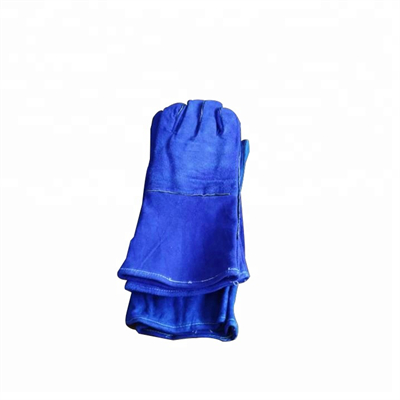The economics of vinyl gloves can be analyzed from several angles, including production costs, market demand, pricing dynamics, and environmental considerations. Here are some key factors to consider:
- Production Costs:
- Raw Materials: Vinyl gloves are typically made from polyvinyl chloride (PVC) resin, plasticizers, and additives. The cost of these raw materials can fluctuate based on market conditions, availability, and quality.
- Manufacturing: The manufacturing process involves extrusion, dipping, and finishing. Labor, energy, and machinery costs contribute to the overall production expenses.
- Quality Control: Ensuring product quality and safety requires investment in quality control measures, which can add to production costs.
- Market Demand:
- Healthcare Industry: The demand for vinyl gloves is often closely tied to the healthcare sector. Hospitals, clinics, and medical professionals require a steady supply of gloves for infection control and patient care.
- Food Service Industry: The food service industry also generates significant demand for vinyl gloves, especially for food handling and preparation.
- Industrial and Manufacturing: Gloves are used in various industrial and manufacturing processes to protect workers and maintain hygiene standards.
- Competition:
- The vinyl glove industry is competitive, with multiple manufacturers vying for market share. This competition can affect pricing strategies and profit margins.
- Some manufacturers may compete on price, leading to cost-cutting measures, while others may focus on product quality and differentiation.
- Pricing Dynamics:
- Pricing of vinyl gloves can vary significantly based on factors such as brand reputation, quality, quantity purchased, and distribution channels.
- In times of increased demand, such as during public health crises like the COVID-19 pandemic, prices may surge due to supply shortages. Government regulations may also impact pricing.
- Environmental Considerations:
- The production and disposal of vinyl gloves have environmental implications. PVC is not biodegradable, and its production can release harmful chemicals. The disposal of used gloves, especially in large quantities, can contribute to plastic waste.
- Environmental regulations and consumer preferences for eco-friendly alternatives may impact the economics of vinyl gloves in the long term.
- Regulations and Standards:
- Compliance with industry standards and regulations is essential for glove manufacturers. Meeting safety and quality standards may require additional investments but can also enhance a company’s reputation and market position.
- Global Supply Chain:
- The vinyl glove industry often relies on global supply chains, with raw materials sourced from different regions. Disruptions in these supply chains, such as trade restrictions or natural disasters, can affect production costs and availability.
In summary, the economics of vinyl gloves are influenced by a complex interplay of factors, including production costs, market demand, competition, pricing dynamics, environmental considerations, regulations, and supply chain dynamics. These factors can lead to fluctuations in pricing and profitability for manufacturers and distributors in the vinyl glove industry.
















